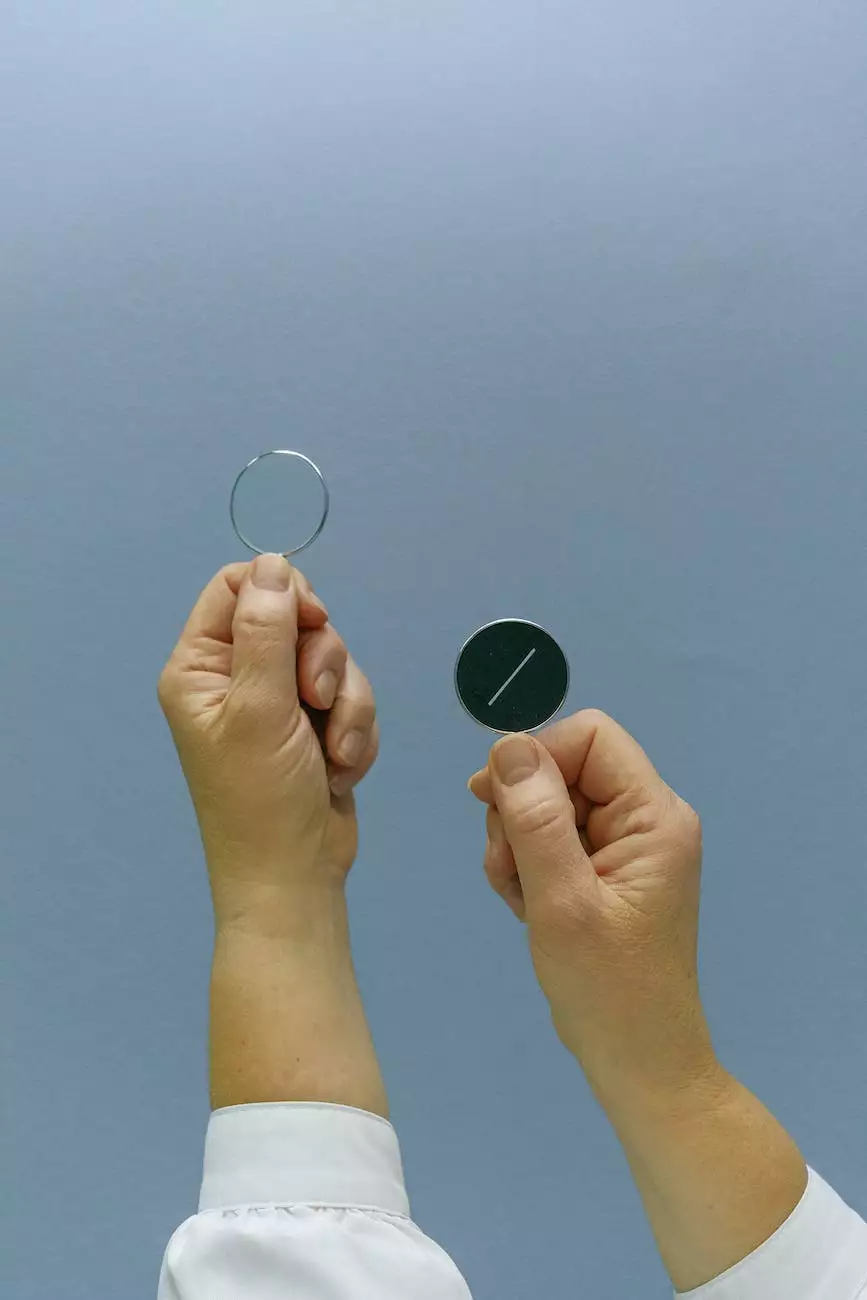Vitreous Detachment
Blog
Overview
Vitreous detachment is a common eye disorder that occurs when the vitreous gel inside the eye separates from the retina, the light-sensitive tissue lining the back of the eye. This condition often happens as a part of the natural aging process and is more commonly seen in individuals over the age of 50.
Causes
The exact cause of vitreous detachment is not always clear, but it is believed to be primarily age-related. As we get older, the vitreous gel in our eyes starts to shrink and become more liquid-like. This change in consistency can cause the gel to separate from the retina, leading to vitreous detachment.
Symptoms
Individuals with vitreous detachment may experience various symptoms, including:
- Floaters: Floaters are tiny specks or cobweb-like shapes that seem to float across your field of vision.
- Flashes of light: Some people may see flashes or streaks of light, especially in the peripheral vision.
- Blurred vision: In some cases, vitreous detachment may cause temporary blurred vision.
Diagnosis
If you experience any of the aforementioned symptoms, it is crucial to consult an eye care professional for a proper diagnosis. During an eye exam, your doctor will conduct various tests to assess the health of your eyes and determine if vitreous detachment is the underlying cause.
Treatment Options
Vitreous detachment itself does not usually require treatment, as it is a natural process that often resolves on its own. However, if complications arise, your eye care professional may recommend specific interventions.
In cases where the floaters significantly disrupt vision or affect daily activities, a surgical procedure called a vitrectomy may be considered. During a vitrectomy, the vitreous gel is removed from the eye and replaced with a clear solution, improving vision and reducing floaters.
Prevention
While vitreous detachment cannot be entirely prevented, some measures can help maintain overall eye health:
- Regular eye exams: Schedule regular eye exams to monitor the health of your eyes and detect any changes.
- Protect your eyes: Wear protective eyewear when engaging in activities that may pose a risk of eye injury.
- Control underlying conditions: Manage systemic conditions such as diabetes that can affect eye health.
In Conclusion
Vitreous detachment is a common eye disorder that primarily occurs with age. Although it typically does not require treatment, it is essential to consult an eye care professional if you experience any concerning symptoms. Regular eye exams and maintaining overall eye health are key in preventing and managing vitreous detachment. For more information or personalized advice, please consult Baron Rick W Dr, your trusted eye care specialist.



